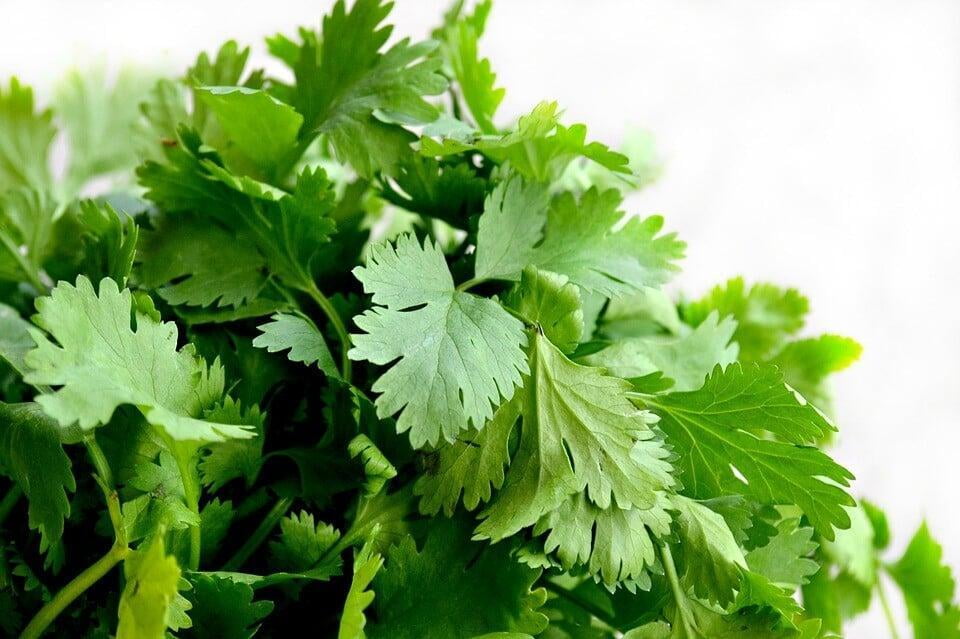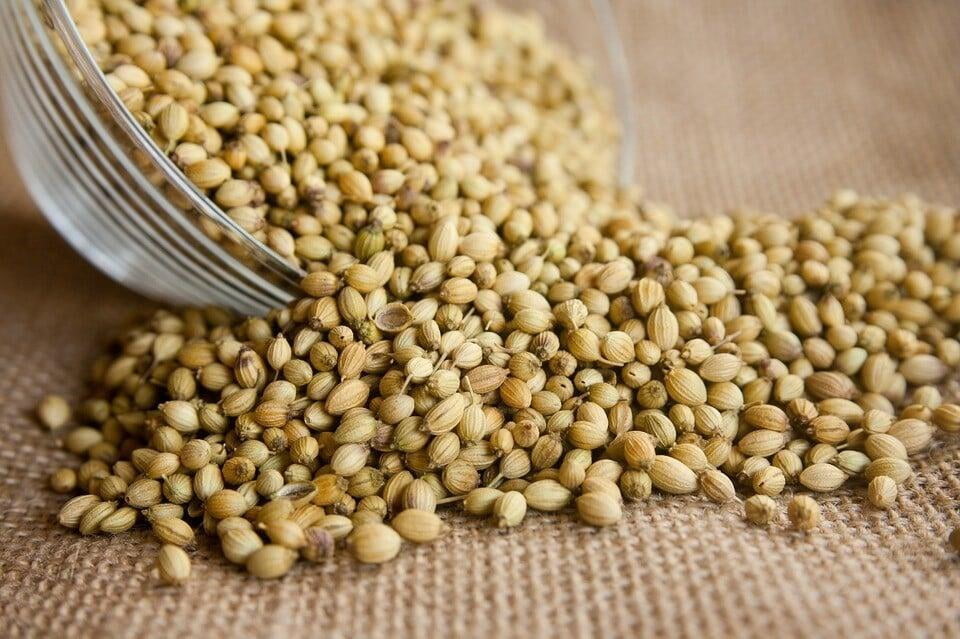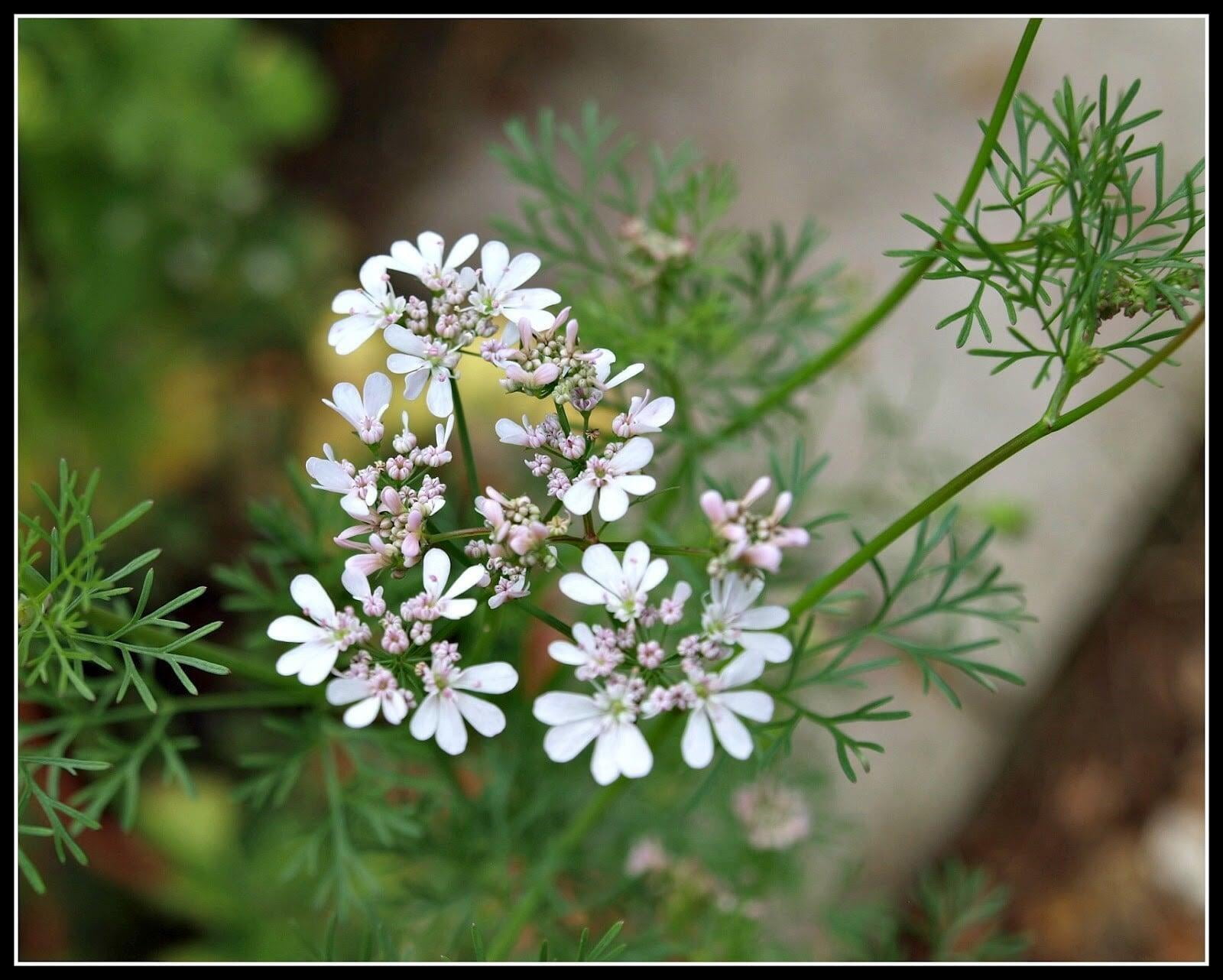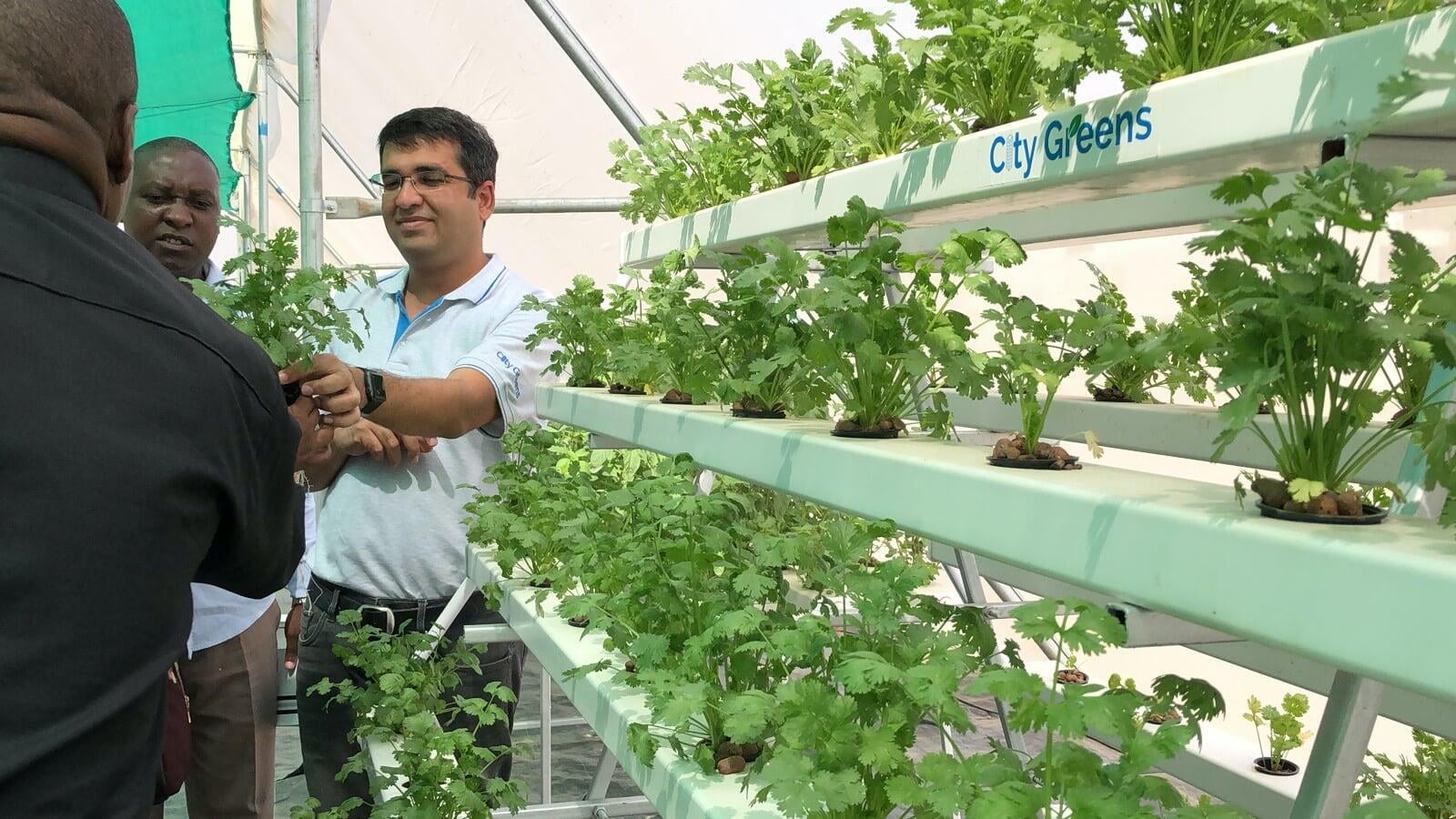
Cilantro, a healthy aromatic herb to add to your kitchen garden. Simple, refreshing, beautiful, tasty, and with a very pleasing odor. Coriander, (cilantro in Spanish translation) botanically known as Coriandrum sativum, in the family Apiaceae contains 3,700 species, including the carrots, celery, and parsley. Other names, often used for coriander, are cilantro, dhania, and Chinese parsley. Cilantro is indigenous to Mediterranean countries, and today countries like Romania, Morocco, and Egypt fulfill the commercial supply.
What do you think cilantro is categorized as? A herb or a spice?
Well, both
Why you should add coriander to every meal
Constituents
Health Benefits
- Consumption of Cilantro lowers the bad cholesterol (LDL) in the body and increases the good cholesterol level (HDL)
- Enhances the liver function and bowels movement
- Coriander is good for diabetic patients as it stimulates insulin production and regulates the blood sugar level
- Helps in curing skin related problems
- It has got essential oils like linalool, geraniol, camphor, and acids like linoleic acid, ascorbic acid, palmitic acid, umbelliferone, and in seeds, it contains fatty acids.
- Coriander seed oil is highly aromatic and acts as a carminative (relieving flatulence). Oil cures all tummy related troubles and acts as an appetizer, the digestive stimulant in the stomach, and intestine.

Identifying coriander plant
A soft, bright green, shining plant, generally grows to a height of 25-50 cm or even 90 cm (2-3 ft), when grown with complete care. Leaves are in various shapes and lobed at the base.
Leaf shape of Indian coriander - 'Dhaniya'

We can see beautiful white or pale pink flowers growing like a bunch called 'Umbels.' Umbels further develop seeds, which are globular in shape and are called 'Schizocarp.'
How to grow coriander
Grow medium
Seeds
pH
Spacing
Watering
Fertilizers
Pest and diseases
Harvest
Update March 2019
"Coriander growing in A-Frame NFT in CityGreens Hydroponic research farm in Ahmedabad"
